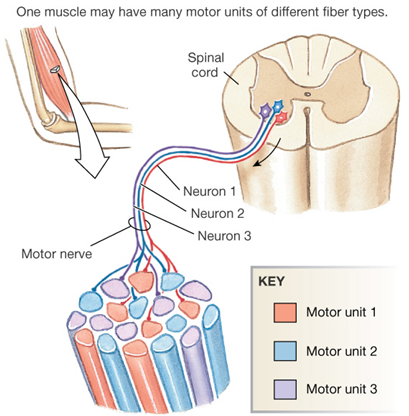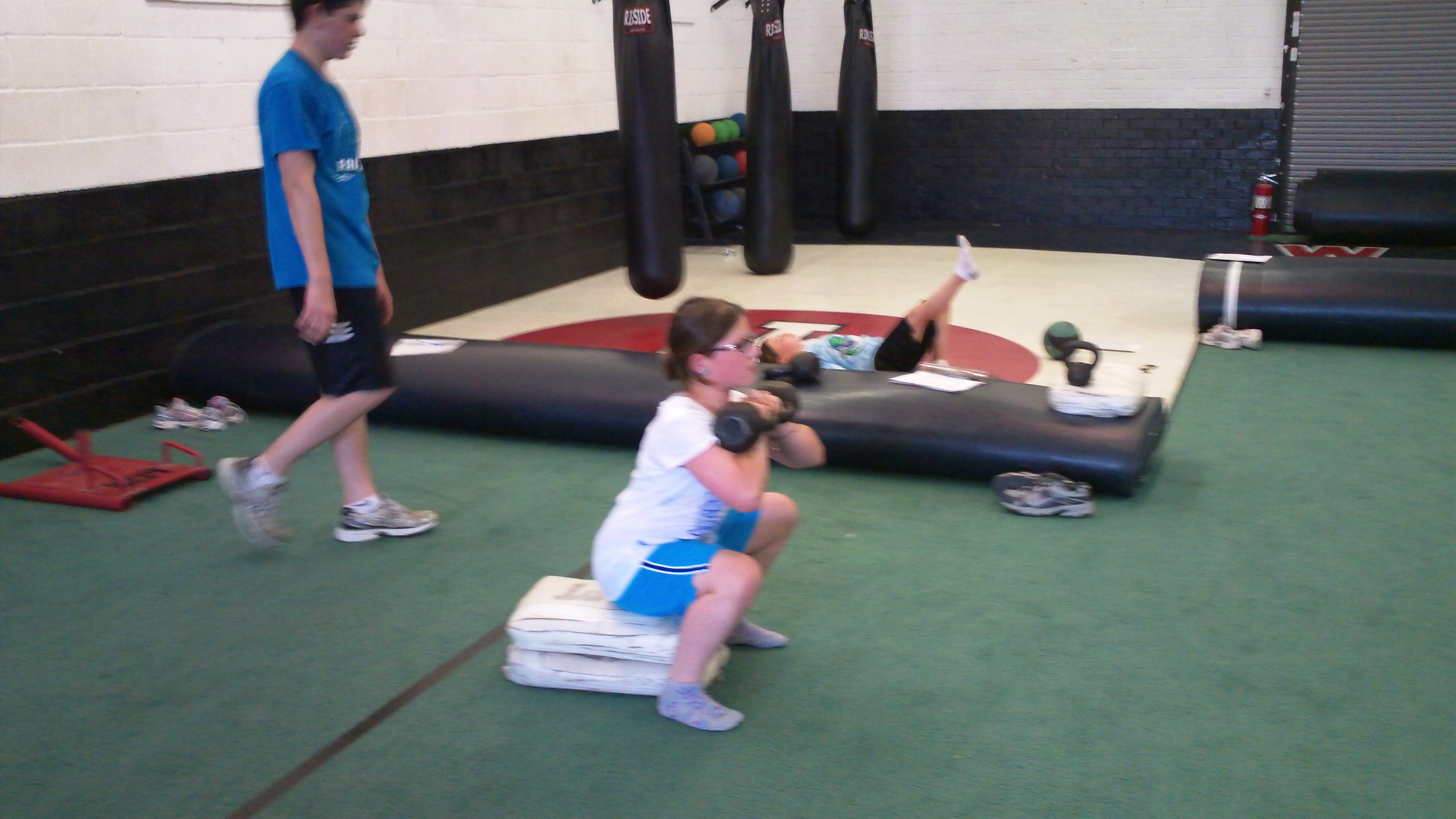Maria Halkiadakis, once again, graces the Blog of SAPT. Take it away Maria!
Last Friday’s post began the discussion, The Battlefield is in the Kitchen. Before moving on to Part II let’s do a quick recap on the topic…
Training alone is not enough to help anyone achieve the results they are after. Common sense tells us that eating right and exercising are the two key elements to taking care of our bodies. It is important to find a balance between the two by not over training or depriving oneself of proper nutrition. Translation = pick up the right amount of heavy things and eat the right amount of good food.
Today we are focusing on what needs to be done in the kitchen to reach our goals. Last week we discussed how planning and preparation are crucial factors. This means creating weekly menus, using these menus to make grocery lists, and dedicating time to prepare meals. Two days a week my kitchen counter looks a little something like this…
We also discussed purging your pantry last week. If you find yourself eating junk food because it is around the house, get rid of it! Donate it, throw it in the trash, or give it away. It is perfectly okay to have snack foods in the kitchen, but it needs to be the healthy kind, which brings me to the first new point of today’s discussion.
EAT REAL FOOD
There are no secrets or anything new to be learned here. Just eat real food. It really is that easy. Eating a variety of real food, meaning fruit, vegetables, meats, grains, legumes, nuts/seeds, and dairy, will provide the human body all the nourishment it needs.
A good rule of thumb is not to eat anything that has more than five ingredients. Unless of course you made it yourself and know it is filled with wholesome ingredients. For example, grains and dairy products are perfectly acceptable as part of a healthy diet.However, be cautious when deciding which ones to purchase from the grocery store. As far as ingredients go on prepackaged items, less is definitely more. (Note from Kelsey: How To Read Food Labels.)
EAT IN MODERATION
Slow down, set aside the fork for a minute, and enjoy how your food tastes. I hate seeing people practically inhale their meals. Food is NOT fuel, it is so much more than that. Therefore, don’t treat your body as if you would treat your car at the gas pump: by filling up with the cheap stuff and going on with your day.
Food is delicious! Slow down and enjoy every bite of it. Strive to be mindful of what you are eating while you are eating it. Avoid distractions during meals such as watching television or talking on the phone. Doing these things won’t allow you to pay proper attention to your body’s hunger signals.
It takes approximately 20 minutes for the human body to realize it’s full. For this reason it would make sense to allow yourself at least 20 minutes to eat a meal.
Below are a few tips:
- Try drinking water between bites to slow down.
- Eat meals with friends or family whenever possible.
- Lengthen mealtime by enjoying their company and engaging in conversation. As a bonus you’ll be killing two birds with one stone; adopting healthier habits and spending time with the people you care about.
Sometimes you may need to eat in a hurry. If this happens make an active decision to do so and pay attention to your portion size realizing you may not feel full by the time you have eaten enough.
You do not have to deprive yourself of your favorite foods and restaurants. Follow the 90% rule, meaning aim to keep your diet on point about 90% of the week. If you eat 3 meals a day, roughly 21 meals per week, and 90% of that is 19. Therefore, you can eat out twice a week, make your favorite meal twice a week, or some combination of the two.
MAKE SMALL CHANGES
Don’t expect to do a complete 180 over night. This is why hasty, lofty New Year’s resolutions tend to fail. In order to be successful it is better to start by making small changes rather than throwing all caution to the wind and diving into unknown territory. Here are a few ways to implement small changes into your routine:
- Start by swapping out snacks like chips or candy with something healthier such as fruits, veggies, or nuts.
- Try learning one new recipe a week or every other week if you all ready have some healthy favorites.
- Gradually reduce portion sizes if you are eating too much.
- Be willing to try new things! You might just fall in love with a fruit or vegetable you’ve never had before.
- Substitute things in your diet one at a time. For example, swapping out yogurt with a list of unpronounceable ingredients you can’t understand for plain yogurt with fruit or honey mixed in.
Remember to apply these suggestions at your own pace. Set small term goals while you are planning your menu each week and write one at the top of it, such as, “this week I will put one less teaspoon of sugar in my coffee and next week I would like to try this new kale recipe.”
Take care of your body, feed it right, and you’ll see the results you are working so hard to achieve. Use this advice, find people to support you, and ask for help if you need it. It may not always be easy, but you can do it!








